This post may contain affiliate links. Please read our disclosure for more info.
The legs are one of the most neglected areas of the body. People think they are caring for them enough if they are walking around and moving, but this is simply not true. Doing squats and and lunges
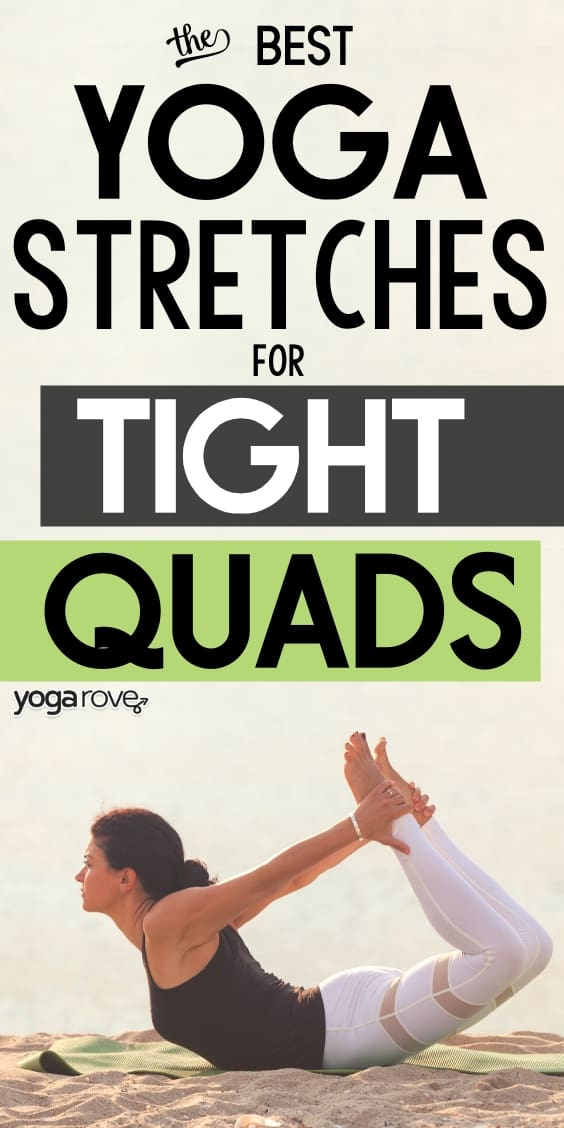
You might ask yourself why you even need to stretch your quads and why they’re so important. Let’s start off with the basics:
What are the quads?
The quads are four distinct muscles in the front of your thighs:
- Vastus intermedius: The deepest of the four muscles
- Vastus medialis: The Vastus medialis ends at your kneecap as the Vastus medialis obliqus. A strong Vastus medialis is essential for healthy knees.
- Vastus lateralis: Located on the outer part of your thigh
- Rectus femoris: The muscle on top of your thigh
The quadriceps are extensors of the knee joint that help extend the knee. They are extremely important. Without them walking, running or jumping wouldn’t be possible.
What Causes Tight Quads?
There are various reasons for tight quads:
1.Too much exercise
We all know that exercising the quads is important, but some people take it a bit too seriously and over-use the quads without every stretching them. As a result, the muscles contract.
2.Stress
The kind of stress that our ancestors faced was mostly related to situations that would be solved by running away or fighting. Your body produces adrenaline that tightens up the muscles and prepares you for the fight (or the run).
Nowadays, however, we’re often exposed to stress that can’t be solved by running away (your boss or your partner probably wouldn’t appreciate it if you started running away if they needed to have a “serious conversation” with you). When you’re constantly under stress and have no outlet for it, your muscles can become chronically tight.
3.Not enough water
Your muscles can’t function correctly if your body doesn’t get enough water. The much-needed nutrients won’t reach your muscles, and your muscles tighten to conserve the nutrients they store – resulting in your body going into survival mode.
How do you know your quads are tight?
Come into Warrior II:
- Come to a wide-legged stance first, your feet are in one line and pointing towards the long side of your mat.
- Turn your right foot out in front (to the short side and front of your mat), your left foot stays the same. How far can you bend your right knee? Ideally, it should be right over your right ankle (not further). How do your quads feel? If this pose is very uncomfortable for you, your quads might be tight.
Another yoga pose that stretches the quads and isn’t easy to do for people with tight quads is Camel Pose:
- Kneel on the floor with your knees hip-width distance apart (if you feel any discomfort in the knees, double up your mat or place a blanket/towel under your knees).
- Place your hands at the back of your pelvis, exhale and gently move your hips forward.
- Open your chest and look up, move your hips forward once more and when you feel like you’ve reached your maximum, keep your core engaged and bring your hands down on your heels (you can have your toes tucked). If you feel discomfort in your lower back, come back up.
Many people experience pain in the lower back because they don’t engage their core enough or push too far, but if you feel an unpleasant pull at the front of your thighs, it might be your quads.
How Do Tight Quads Affect Your Performance?
It might sound quite trivial, but tight quadriceps can have serious consequences. Tight quads pull the front of your pelvis and your hip flexors down and therefore cause painful lower back muscles, it increases the arch in your lower spine and weakens your hamstrings.
The domino effect leads to bad posture and makes you prone to injury when working out. Since the quads are extensors of your knee joint, it can also lead to misalignment of the patella and patellofemoral pain syndrome (also known as runner’s knee).
Top Yoga Poses to Release Tight Quads
It is therefore very important to stretch your quads regularly. Just doing the following 5 yoga poses listed below on a regular basis can help tremendously.
If you’d like a routine that includes these poses, you can download our free printable to practice at home when you sign up for our free resource library below:
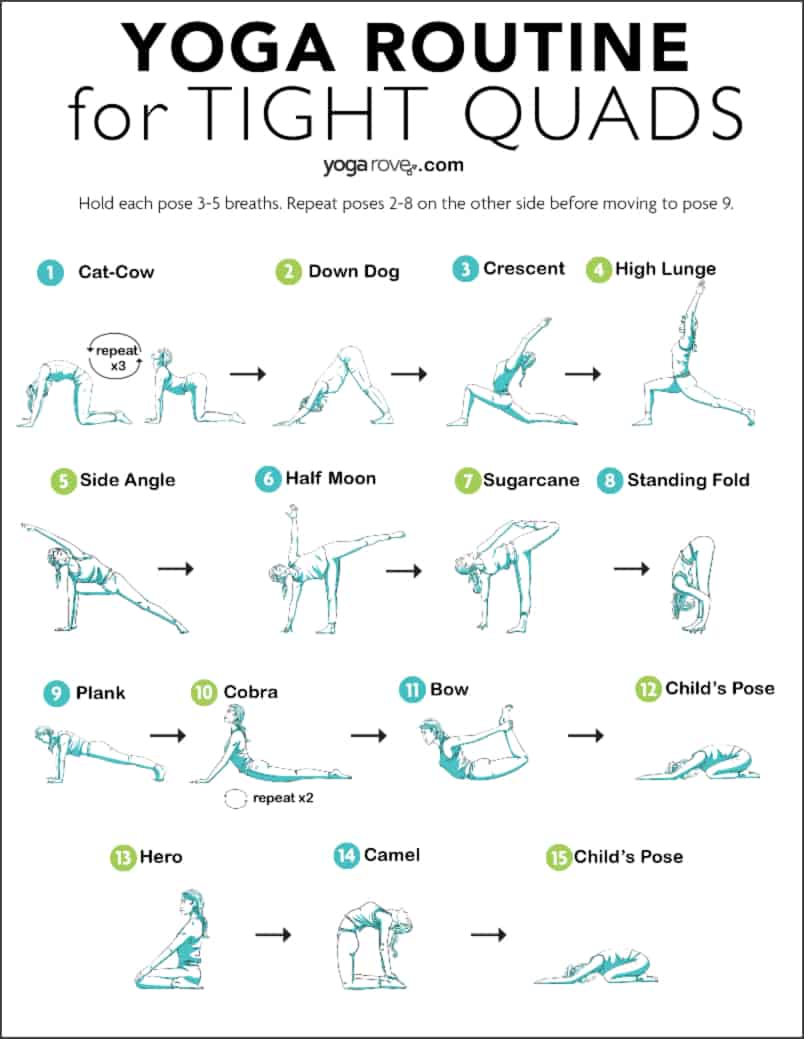
1. Bow Pose
- Lie down on your stomach.
- Exhale and bend your knees to your butt, reach your hands back and hold on to your ankles.
- Inhale and lift your thighs off the floor and your heel away from your buttocks. This pose can be quite an intense stretch, so don’t forget to breathe.
- Take five long inhales and exhales, then release.
2. Camel Pose
I have mentioned Camel Pose, but it is not only a good pose to find out whether your quads are tight, but also to lengthen them:
- Kneel on the floor with your knees hip-width distance apart (if you feel any discomfort in the knees, double up your mat or place a blanket/towel under your knees).
- Place your hands at the back of your pelvis, exhale and gently move your hips forward.
- Open your chest and look up, move your hips forward once more and when you feel like you’ve reached your maximum, keep your core engaged and bring your hands down on your heels.
It is important to shift the focus of the pose from the backbend to the stretching of the quads, so if your spine is not very flexible, you can tuck your toes under and put a block on your heels to protect your lower spine.
3. Sugarcane Pose (Variations)
- Start in a Halfway Lift.
- With your feet together, bring your right hand right under your shoulder and transfer your weight into your right foot.
- Then slowly lift the left foot up and stack your hips. If you can’t comfortably reach the floor while keeping the spine straight, place your right hand on a block.
- Bend your left foot and reach the left arm down and back so that you can hold on to your ankle with your left hand, and push with the left foot into your left hand to open the chest and to stretch the quads. Repeat on the other side.
4. Hero Pose
- Kneel on your mat, bring your knees together and your heels apart, the sloes of your feet should point up towards the ceiling.
- Move the flesh of your calf muscles out so that you don’t sit on them, and slowly sink your hips in between your heels. If this hurts your knees, prop yourself up with a block or a blanket.
5. Low Lunge
- From an all fours position, bring your right knee in between your hands, your knee right over your ankle.
- Inhale and lift your arms up, exhale bring your hips a bit more forward to deepen the stretch. You should still be able to see your toes – if you can’t, walk your right foot a bit further forward.
- If you want to go even deeper, you can reach back with your right hand and bend the right knee: Your right foot should come closer to your right butt cheek, and you can hold on to your right ankle with your right hand and gently pull it in.
- If your knee hurts, double up your yoga mat or put a blanket under your knee.
How often should I do yoga for tight quads?
This depends on a few factors: if you currently workout your quads, how tight your quads are to begin with, how often you sit, etc.
In general though, I think doing yoga exercises that specifically target stretching your quads every other day is a safe rule.
You don’t want to overstretch them, as this could cause injury. You also want to make sure you are incorporating strengthening exercises into your routine if you aren’t already as well to maintain stabilization.
Safety Tips for Stretching Your Quads
- Don’t force yourself to feel an intense stretch. If you begin to feel pain, come out of the stretch ASAP.
- Focus on relaxing the muscle every time you exhale. Many people tend to forget to breathe while stretching due to the unfamiliar feeling.
- Never overstretch. Don’t think you’re one of those people where exceptions apply. Start off slow, even if that means once a week, then build up to every other day.
Related Questions
Which yoga poses are best for strengthening the quads?
Great Yoga poses to strengthen the quads are Chair Pose, Goddess Pose or Crescent High Lunge , just to name a few. Try to incorporate those poses into your daily yoga routine to build strength in your quads.
Common Quad Injuries
The quads are prone to bruises, strain from overuse, tendinitis (inflammation of the tendon), or tendon rupture. Bruises and strains can normally be healed by resting and cooling the quads, tendon ruptures need to be repaired surgically.
Do foam rollers help with tight quads?
They do! Lie down on your stomach, your foam roller almost at the knees. Slowly start pushing yourself backwards and roll up to your hips. Then go back down and repeat the motion for a minute or so. It might be painful at first, but it definitely helps loosen your quads.
After completing her teacher training in India, Franziska started writing about and teaching yoga while traveling. Having her mat with her always makes her feel more at home, no matter where she is. Yoga has improved her life in many ways, and she’d like to share the numerous benefits of yoga with others.


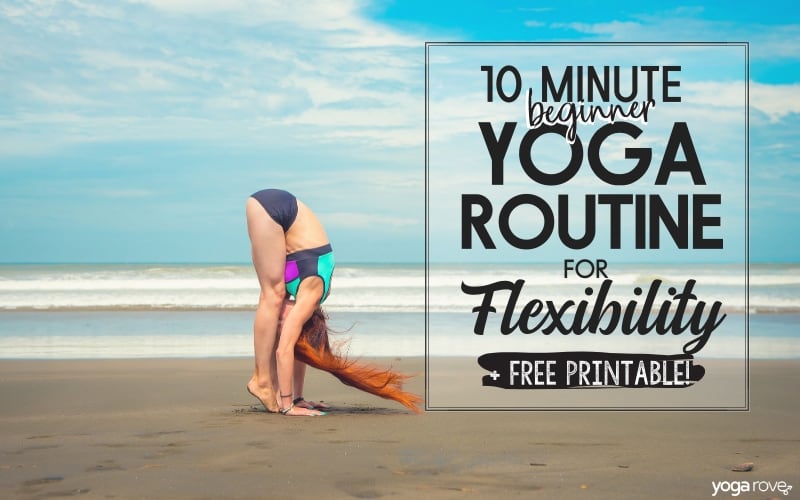
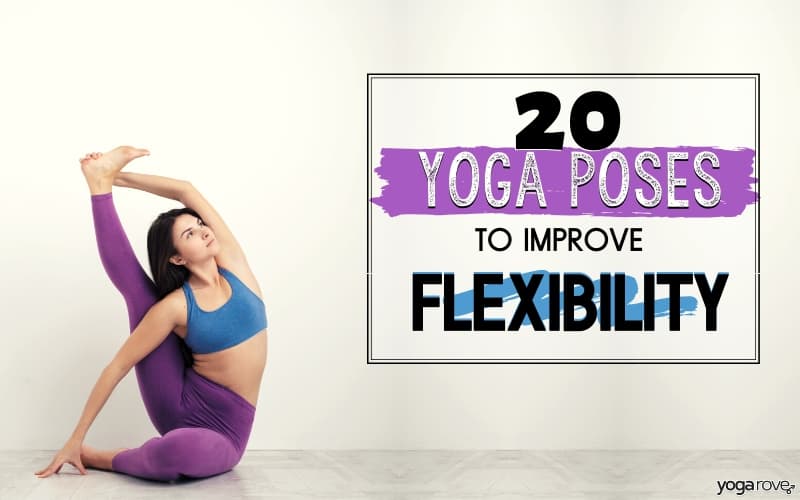
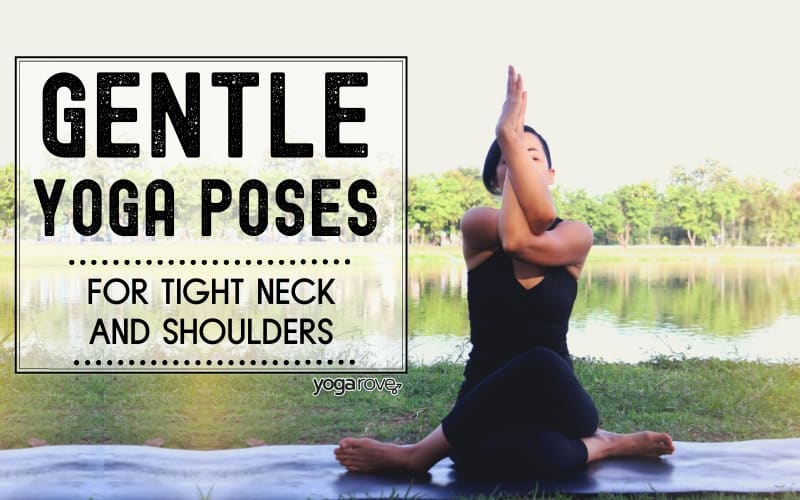
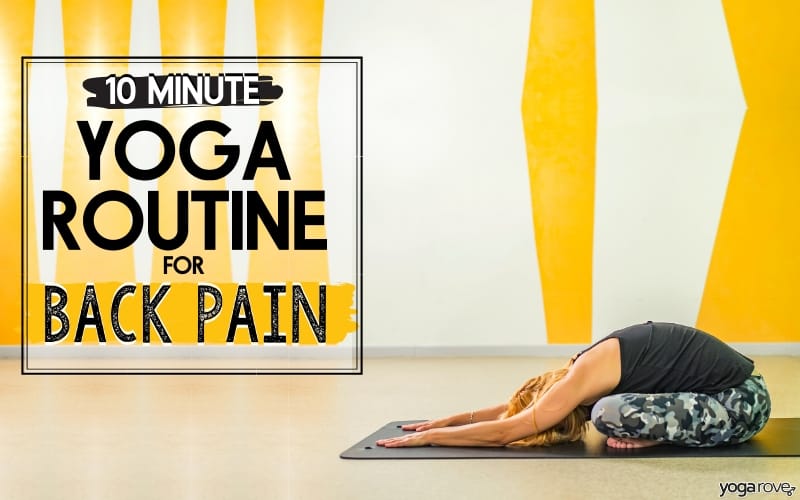
Thank you for your article. That’s exactly my case. I practice yoga for years but some poses are really hard for me such as camel pose. I’m always the only one not able to do this pose and have pain in front of my legs / quads.
Thank you for your tips, i’ll try to practice more the exercices you recommand.
Geraldine (from France)
That is so wonderful to hear Geraldine. Thank you for sharing!